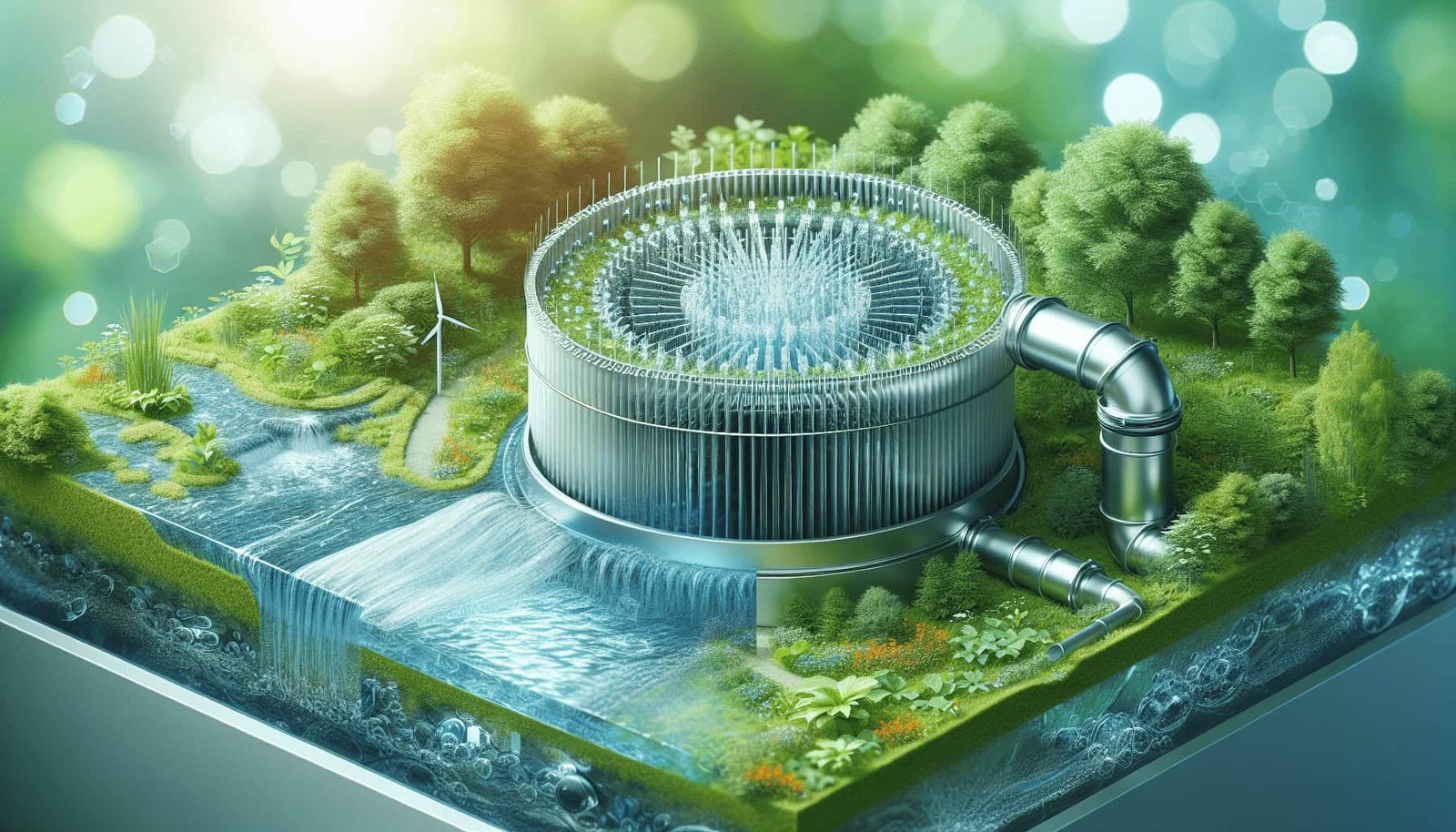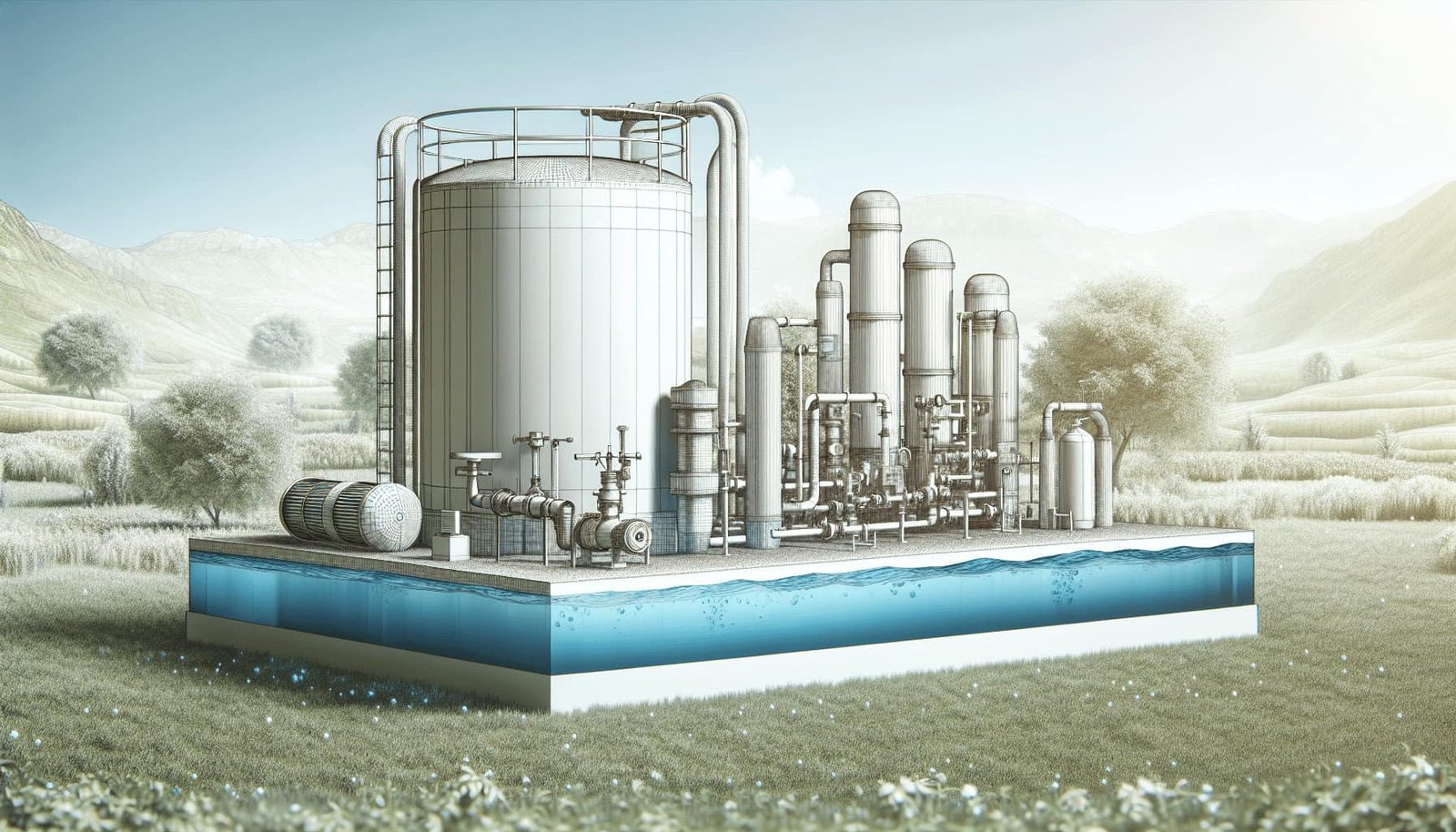Have you ever wondered how to properly maintain your well water aeration system? If you’re reliant on well water, you know that maintenance is crucial to ensuring the water remains clean and safe for use. In this comprehensive guide, we will explore the best practices for maintaining a well water aeration system, helping you keep your water supply in top-notch condition.
Understanding Well Water Aeration Systems
What Is a Well Water Aeration System?
A well water aeration system is designed to introduce air into your water, which aids in removing dissolved gases, such as radon and hydrogen sulfide, and oxidizing dissolved metals, like iron and manganese, so they can be filtered out. This process enhances the overall quality and taste of your water.
Why Is Aeration Important?
Aeration is essential because it helps address various water quality issues. By improving the oxygen content in the water, it promotes the elimination of harmful contaminants and enhances the water’s palatability. Additionally, it prevents the growth of anaerobic bacteria, which can produce foul odors and taste.
Routine Maintenance Tasks
Regular Inspection
A vital component of maintaining your well water aeration system is conducting regular inspections. Here are some key points to consider during an inspection:
| Inspection Area | What to Check | Frequency |
|---|---|---|
| Aeration Tank | Check for sediment buildup and signs of wear | Every 3-6 months |
| Diffuser | Ensure it is not clogged and functions correctly | Monthly |
| Air Pump | Verify it runs smoothly; listen for unusual noises | Every 3 months |
| Electrical Components | Check for any frayed wires or damaged parts | Monthly |
Cleaning and Replacing Components
Cleaning and replacing worn-out components are essential maintenance tasks. Here are details on how to handle this:
- Aeration Tank: Drain and clean the tank to remove any accumulated sediment or debris. This should be done every 6 months.
- Air Diffuser: Remove and clean the diffuser to ensure it doesn’t clog. If it is damaged or excessively clogged, consider replacing it.
- Air Pump: Regularly clean the air intake filter of the air pump to maintain efficient operation.
- Filters: Replace filters according to manufacturer guidelines to ensure contaminants are effectively removed.
Monitoring Water Quality
Testing Your Water
Regular water testing is crucial in maintaining a well water aeration system. Here are key tests you should perform:
| Parameter | Why It’s Important | Testing Frequency |
|---|---|---|
| pH Levels | Ensures water is not too acidic or alkaline | Every 3 months |
| Iron and Manganese | High levels can stain and be harmful to health | Every 6 months |
| Bacteria | Confirms no harmful pathogens are present | Annually |
| Dissolved Gases (Radon, Hydrogen Sulfide) | Detect and address harmful gases | Annually |
Responding to Test Results
If water tests indicate any issues, take prompt action. For instance, if you find elevated iron levels, you might need to clean or replace the iron filters more frequently.
Preventive Measures
Installing a Sediment Filter
A sediment filter before the aeration system can prevent debris from clogging the system. Choose a filter with a micron rating that effectively blocks large particles without restricting water flow.
Regular Professional Maintenance
While many aspects of maintaining a well water aeration system can be done yourself, enlisting the help of a professional once a year for a thorough check-up ensures your system is running efficiently.
Troubleshooting Common Problems
Low Air Flow
Low air flow can signal issues in the air pump or diffuser. Check for:
- Blockages: Clear any blockages in the diffuser or pipes.
- Pump Issues: Ensure the air pump is operating correctly and consider replacing it if it’s malfunctioning.
Unpleasant Odors
If you notice unpleasant odors from your water, it might be due to:
- Insufficient Aeration: Increase the air flow or operating time of the aeration system.
- Contaminated Components: Clean or replace any components that might be harboring bacteria or contaminants.
Increased Sediment
High sediment levels can indicate issues such as:
- Faulty Filters: Replace any filters that are no longer effectively capturing sediment.
- Sediment Build-Up: Clean the aeration tank more frequently to manage sediment levels.
Seasonal Considerations
Winter Maintenance
In colder climates, ensuring your aeration system is protected against freezing is vital. Insulate pipes and the aeration tank, and keep the pump in a warmer area to prevent freezing damage.
Summer Maintenance
During summer, bacteria and algae can grow more rapidly. Increase your cleaning frequency and ensure the system receives adequate ventilation to manage these risks.
Understanding the Lifespan of Components
When to Replace Parts
Knowing the lifespan of each component can help you plan replacements before failures occur:
| Component | Average Lifespan | Key Signs of Replacement |
|---|---|---|
| Air Pump | 5-7 years | Decreased air flow, unusual noises |
| Air Diffuser | 2-4 years | Clogging, decreased efficiency |
| Filters | 6-12 months | Increased sediment in water, decreased water pressure |
Extending Component Lifespan
Proper maintenance extends the lifespan of your system’s components. Regular cleaning, preventive measures like sediment filtration, and timely professional inspections are crucial.
Energy Efficiency Tips
Optimizing Pump Usage
Energy efficiency is important for reducing operational costs. Here are some tips to make your system more energy-efficient:
- Timer Control: Use a timer to ensure the aeration system only runs when necessary, rather than continuously.
- Energy-Efficient Pumps: Invest in an energy-efficient air pump to lower electricity consumption.
Regularly Checking for Leaks
Water or air leaks in your system can lead to inefficiency. Regularly inspect all connections and seals to ensure there are no leaks.

Conclusion
Maintaining a well water aeration system is essential for ensuring the safety, taste, and overall quality of your water. With regular inspections, cleaning, professional maintenance, and attention to component lifespans, you can keep your system running smoothly. Implementing these best practices ensures that your well water remains fresh and contaminant-free, providing peace of mind and reliable water quality for you and your family. Happy maintaining!




